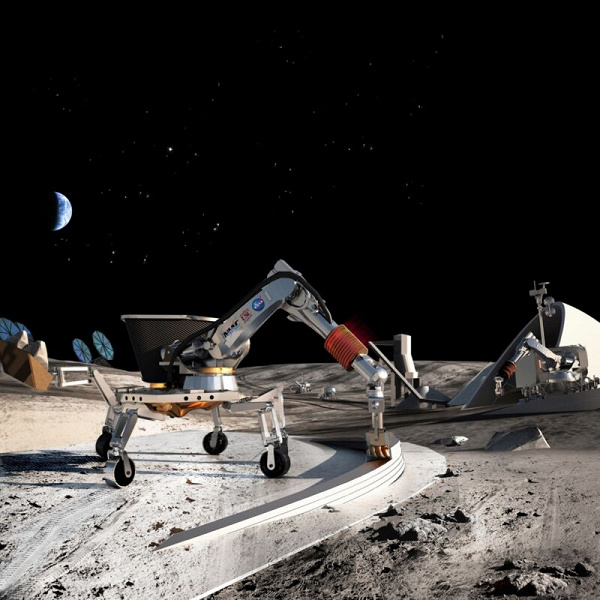Scientists are developing the concept of “zero mass” for space missions
Engineering experts from NASA Ames Research Center and Stanford University have proposed the concept of a «universal Swiss army knife» to send cargo to Mars. Sending 1 kilogram would cost about $2.4 million, based on the cost of the Perseverance mission. But researchers are proposing a new approach using self-reprogramming metamaterials that can change their configuration.
The concept of «zero mass» based on self-reproduction — technology pioneered by engineer John von Neumann in the 1940s. Scientists are studying self-reprogramming metamaterials that can change their structure so that engineered systems can reproduce themselves and function in the environment.
«The technology of reprogrammable metamaterials has advanced to such an extent that it allows us to think about their use. Although it is not yet possible to create everything needed, it is already possible to create a significant part of the components», — says NASA researcher Kristin Gregg of the NASA Ames Research Center, one of the study's authors.
One of the problems with existing von Neumann probes was that collecting samples from other planets and converting them into engineering components was resource-intensive and required a lot of energy. Solution — in the use of ready-made standardized building blocks based on the concept of nature's building blocks. Biological systems, for example, use limited amounts of amino acids to create various proteins, a strategy that can be applied to engineering.
The researchers created a set of 256 durable 3D structures made from carbon fiber reinforced polymer called StattechNN-40CF. Each block has fastening elements that allow them to be interconnected and create a durable structure.
The 3×3 structure made up of these blocks has an average breaking load of 900 Newtons, which means it can support more than 90 kilograms despite its light weight — only 0.0103 grams per cubic centimeter. «We created various structures, including a boat, a shelter and a bridge, all weighing about 18 kilograms»,— says researcher Kenneth Chung from NASA. But the most important — it is that robots were able to independently assemble these structures, which opens up new possibilities for autonomous construction using metamaterials and robots.
In the experiment, three robots used all 256 blocks to assemble a stationary base over four and a half days. The loader robot delivered blocks from the supply area, the crane robot placed them in the correct positions, and the fastener robot mounted the blocks on the structure.
The robots worked without cameras, lidars or control systems. «We have demonstrated the possibility of automatic planning that takes into account collisions between robots and ensures the stability of the structure. But we also looked at models like those that ants use to build their colonies», — says Kenneth Cheung. This construction approach has the potential to build towers on the Moon.
The construction of the towers is of particular importance for the Artemis-3 mission, since the landing site for returning astronauts is located near the south pole of the Moon. «The sun's angle is low there, so to maximize the amount of sunlight, you should place solar panels as high as possible»,— says Chung.
To accomplish this task, the height of the towers must be more than 100 meters, and this will be extremely difficult to achieve with current systems. The team is now focused on demonstrating how their building blocks and robots can be used to build communications and solar towers on the Moon. The authors promise new work on these possibilities in March.

